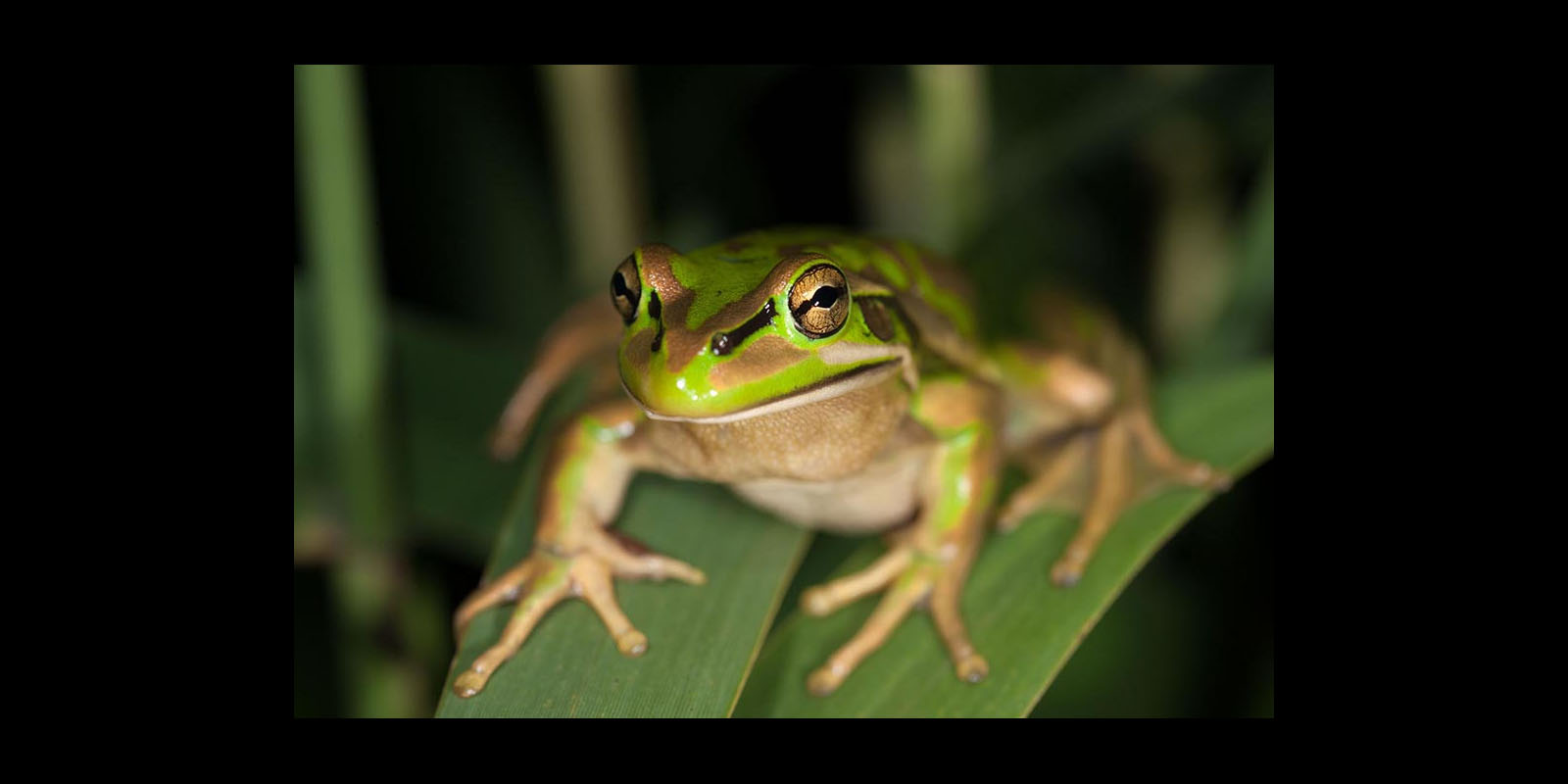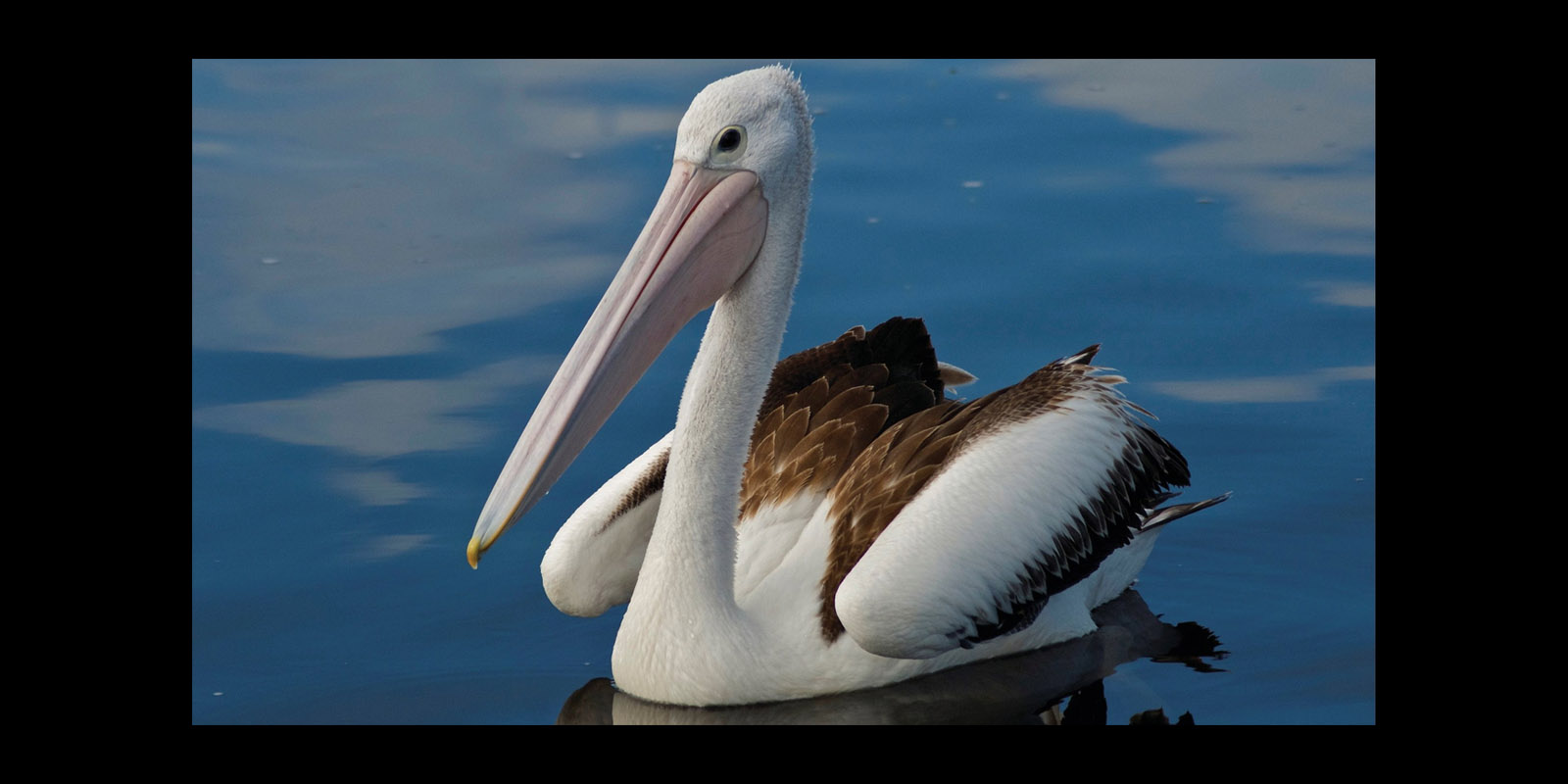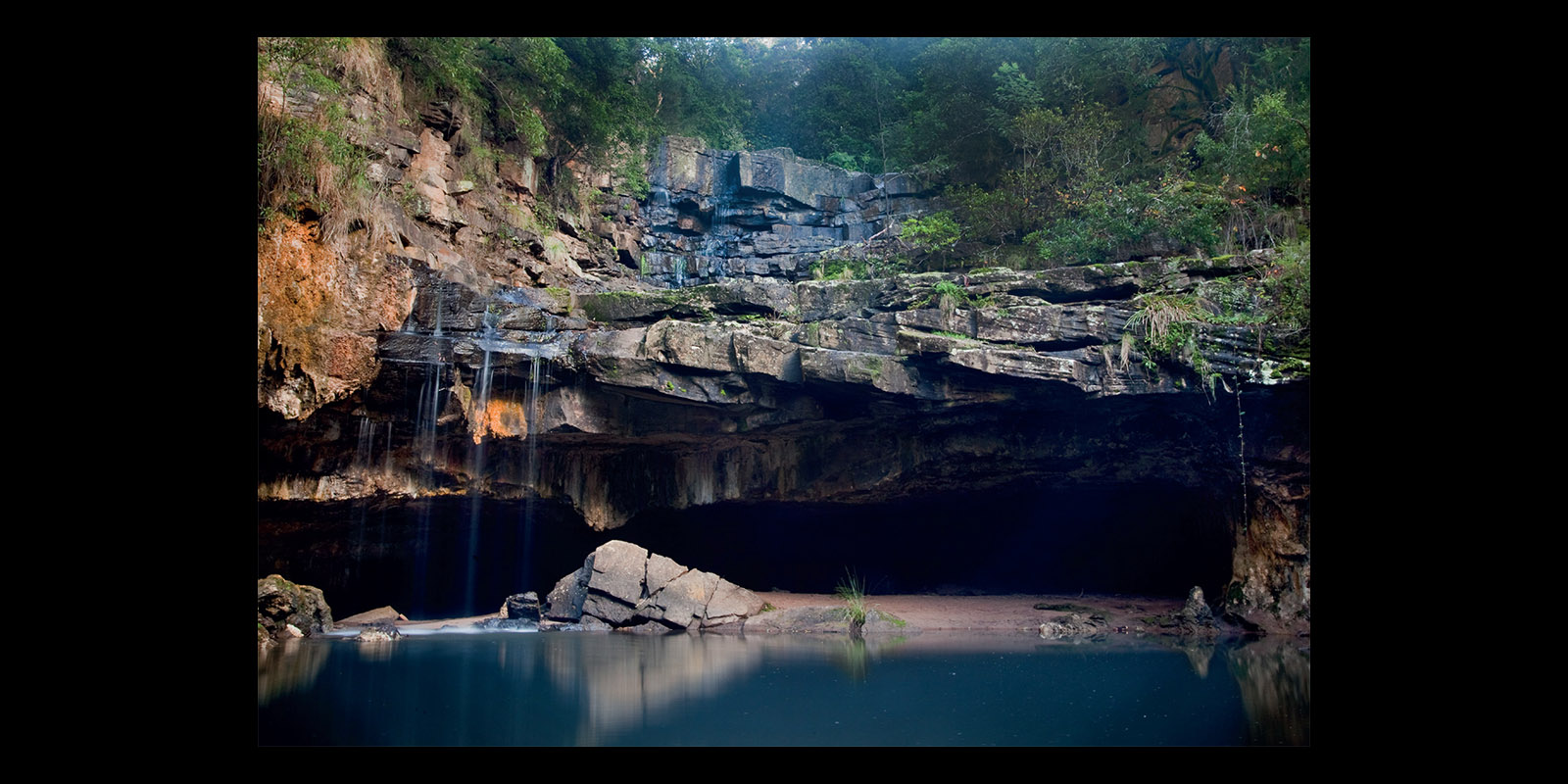Spirit Protectors & Totems
In our tribe the totem for men was Yerang and the totem for women was Djeetgang. Both of these were small birds.
Each member of our tribe has a personal thundung (totem). These are an animal and are important to us, we cannot eat our thundung.
Sometimes this thundung is passed down from a child’s father and other times if the mother saw an animal while giving birth that animal would be the thundung.
Stories
Nyernila - Listen Continuously: Aboriginal Creation Stories of Victoria, is compilation of Victorian Aboriginal Creation Stories told by Victorian Aboriginal People.
Published & produced by the Victorian Aboriginal Corporation for Languages & Creative Victoria, this book contains stories from the Gunai/Kurnai community.
Gingin Legend ma Burr-nartidyahran Kitty or Bolgan
- Read story on Nyernila (page 18)
The Story of Jiddelek
- Read story on Nyernila (page 19)
The Story of the First Man and Woman
- Read story on Nyernila (page 20)
The Southern Cross and Nerran the Moon
- Read story on Nyernila (page 22)


Jiddelek is a story of a frog that drank up all the available water. Image source: Gippsland Lakes.
Our Creation Story
The story of our creation starts with Borun, the pelican, who traversed our Country from the mountains in the north to the place called Tarra Warackel in the south. As Borun travelled down the mountains, he could hear a constant tapping sound, but he couldn’t identify the sound or where it was coming from. Tap tap tap. He traversed the cliffs and mountains and forged his way through the forests. Tap tap tap. He followed the river systems across our Country and created songlines and storylines as he went. Tap tap tap. He walked on alone and when he got down into the deeper inlets near Tarra Warackel (now known as Port Albert) he put down his canoe and, much to his surprise, there was a woman in it. She was Tuk, the musk duck. Borun was very happy to see Tuk, and they married and became the mother and father of the five clans, the creators of Gunai/Kurnai.
The creation story is about the origin of our people. It helps to explain the bonds we have to our Country and reminds us that our ancestors are still watching over the landscape today.
It is important for us to be able to walk in their footsteps and follow their journeys from thousands of years ago – it is a powerful, spiritual aspect to our cultural heritage, and fundamental to our recognition and respect. We are guided by the spirits of our ancestors when we walk through this Country.
The Story of Legend Rock
Legend Rock, lying in the shallow waters of Bancroft Bay, is an important part of Gunai/Kurnai mythology. One day, three fishermen caught many fish in their nets but didn’t share their catch with the mob. The women, who were guardians of the social law, turned them into stone as punishment for their greed.
How Bung Yarnda was Formed
Narkabungdha, the sea, was tired from playing with fish, rushing over rocks and rolling up and back on the sand. He searched the coast for somewhere to rest. At last he found a quiet place with tall gum trees for shade and soft earth to lie on. Narkabungdha lay down to sleep. He wriggled down into the soft sand, turning his body this way and that until he was comfortable. This place became Bung Yarnda (Lake Tyers), a place where Narkabungdha still rests amongst the trees.


Borun the pelican. Image source: Visit Melbourne.
The Den of Nargun
The Den of Nargun, a cave behind a waterfall of the Mitchell River, is a place of great cultural significance to the Gunai/Kurnai people, especially women.
Stories were told around campfires about how the Nargun – a large female creature who lived in the cave – would abduct children who wandered off on their own. The Nargun could not be harmed with boomerang or spears. These stories not only kept children close to camp, but also ensured people stayed away from the sacred cave.
The Den of Nargun is a special place for women and may have been used for women’s initiation and learning ceremonies.
The Story of the Southern Cross
The Dreamtime Ancestors of the Gunai/Kurnai.
Narran the moon was a mighty warrior and a fearless hunter. One day, after travelling a long way, he couldn't find any food at all. At last he saw Ngooran (the emu) on the other side of a wide creek, but the water was very deep and he could not get across. Narran thought he could cross over the creek on a log, but Brewin, a mischievous spirit, was hiding nearby. As Narran reached the deepest part of the water, Brewin upset the log and Narran fell off it into the water and drowned. Narran's spirit went to the sky where he is now the moon. Ngooran also went to the sky and is now the Southern Cross. Narran still hunts through the sky trying to catch Ngooran.
Yeerung and Djeetgun
Men and women of the Gunai/Kurnai.
Yeerung DjeetgunLong ago there was a great fight between the men and women of the Gunai/Kurnai. The men had killed a Djeetgun, a small bird that was sister to the women. In revenge, the women killed a Yeerung, another small bird, that was brother to the men. This caused a great fight among the women and men. After the quarrel they began courting one another, they then agreed to marry, so uniting Yeerung and Djeetgun. Ever since then, the Gunai/Kurnai men have had to fight for their wives.
All Gunai/Kurnai men are of one order, the Yeerung the Superb Warbler or Superb Wren. All Gunai/Kurnai women are Djeetgun, the Southern Emu Wren.


Den of Nargun. Image source: Victorian Collections.
The Port Albert Frog and the Whiterock of Tidelek and Borun.
Long time ago there lived this Giant Frog, whose name was Tidelek.
One day Tidelek was sick because he drank up all this water in the land.
The next day Tidelek felt a bit better but was feeling sad, for what he had done.
That day, Tidelek was walking along the shores of Port Albert thinking how he was going to release this water back into the bay.
A mob of Gunai/Kurnai people and animals saw him slowly walking in the bay. They wander over to him and they asked him what was wrong. Tidelek said "I am still sick from drinking up all the water, can you help me free it".
The Gunai/Kurnai and animals put their heads together to think of what to do? They all agreed to do something funny! The Kangaroo went first and did a funny dance; everybody laughed except Tidelek.
A Gunai/Kurnai man went second and told a funny story; everybody continued to laugh except for Tidelek. The Eel went third and got up on his tail to wriggle; Tidelek thought the wriggle looked funny and began to laugh, he laughed so hard all the water came flooding out of his eyes and mouth creating this flood of water that went back into the bays. Many Gunai/Kurnai and Animals drowned that were caught in the flood; some were stuck on marooned forming islands. Borun was a Gunai/Kurnai leader and a magic man who had the totem of a black pelican.
Borun went out to rescue the others and left his wife till last; when he returned she was gone; she left her possum skin cloak sitting on a log and standing up looking like it was her waiting for him. To avenge the death of his wife; Borun painted himself up with pipeclay and changed back to a pelican to fly off; he was frozen to stone as it was against traditional law for any animals to have traditional markings. Now all the pelicans carry the white markings of the pipeclay which as made them now the colour of black and white. Borun now sits as a white rock in the catchments of Port Albert.
Sources
The sources used to create the content on this page can be found on Gunai/Kurnai - Further Reading.
